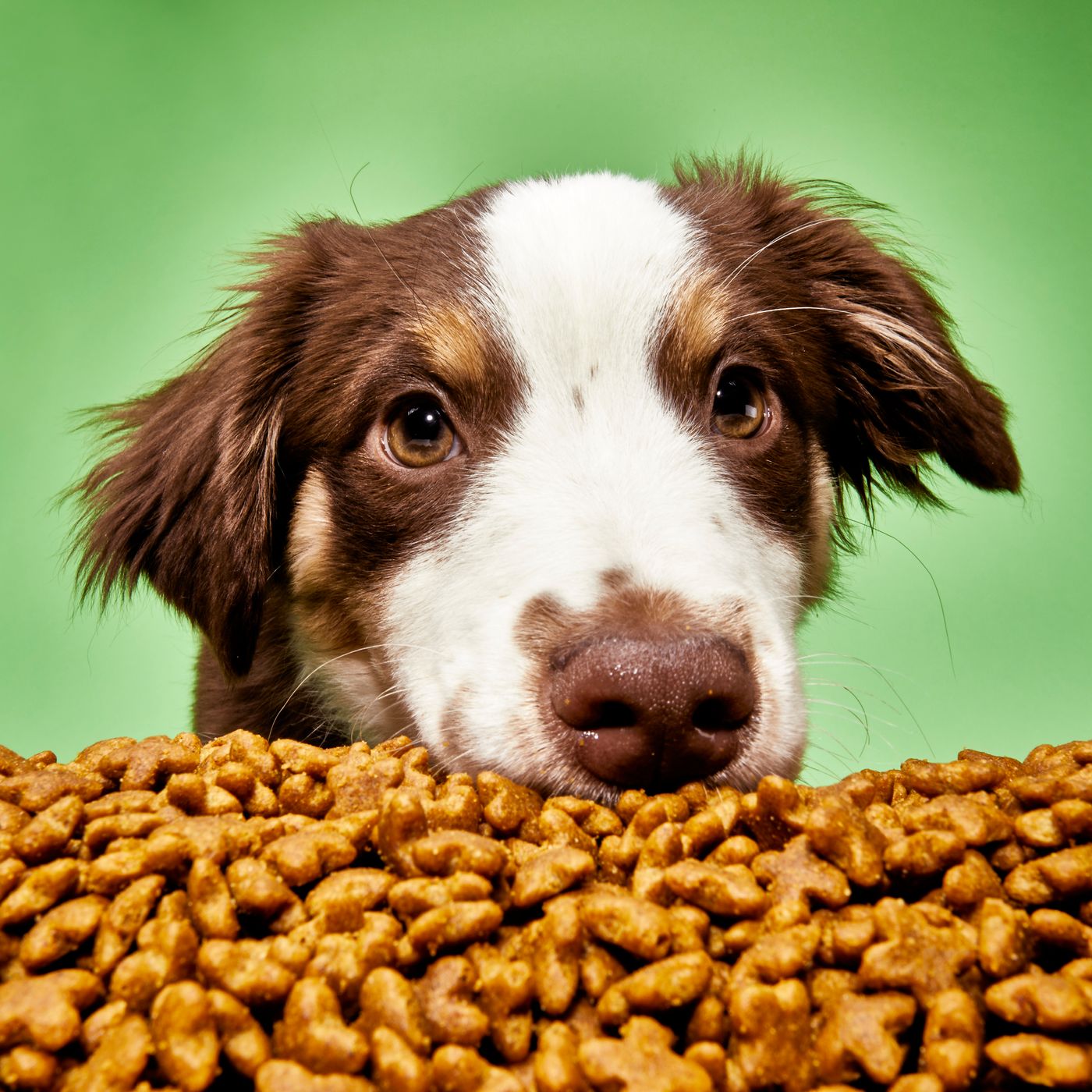Are you a dog enthusiast looking to delve deeper into the world of dog shows? Understanding the various categories in dog shows is essential for every dog lover. From the energetic agility trials to the graceful breed competitions, each category showcases unique skills and characteristics of our four-legged friends. In this comprehensive guide, we will unravel the intricacies of categories in dog shows, shedding light on how these events celebrate the diversity and talents of different dog breeds. Whether you are a seasoned competitor or a curious spectator, this blog will provide valuable insights into the exciting world of dog shows and the fascinating categories that make them so captivating.
Introduction to Dog Shows
Dog shows are events where dogs are exhibited and judged according to breed standards and specific criteria. These shows provide a platform for breeders, owners, and handlers to showcase their dogs’ appearance, temperament, and abilities.
Evolution of Dog Shows
Dog shows have a long history, dating back to the 19th century. They originated as a way for breeders to display their breeding stock to the public and potential buyers.
Over the years, dog shows have evolved into competitive events that emphasize conformation, obedience, agility, and other skills that demonstrate a dog’s quality and suitability for its breed.
Categories in Dog Shows
In modern dog shows, dogs are categorized into various groups based on their breed characteristics, size, and purpose. This categorization helps judges assess the dogs more effectively and compare them within their respective groups.
- Breed Group: Dogs are first divided into breed groups such as Sporting, Non-Sporting, Herding, Hound, Terrier, Working, Toy, and Miscellaneous as per the American Kennel Club (AKC) standards.
- Best in Show: The ultimate category in a dog show where winners from each breed group compete for the title of Best in Show, showcasing the overall best qualities among all breeds present.

Overview of Dog Show Categories
When it comes to showcasing the prowess and beauty of our beloved canine companions, dog shows play a crucial role. Understanding the categories in dog shows is essential for both participants and spectators alike. These categories help categorize dogs based on specific criteria such as breed, age, and skill set, allowing for fair competition and recognition within the show.
The Main Categories
At dog shows, categories in dog shows are typically divided into several main groups:
- 1. Breed Judging: This category focuses on evaluating dogs based on their breed standards, including physical attributes, temperament, and gait.
- 2. Group Judging: Dogs are further classified into groups such as Sporting, Hound, Working, Terrier, Toy, Non-Sporting, and Herding for group competitions.
- 3. Best in Show: The pinnacle of dog shows, where the winners of each group compete for the prestigious “Best in Show” title.
Specialty Categories
In addition to the main categories, there are also specialty categories that showcase dogs’ unique abilities and talents:
- Obedience Trials: Focuses on a dog’s training and ability to follow commands.
- Agility Competitions: Tests a dog’s speed, agility, and coordination through obstacle courses.
- Rally Obedience: Combines elements of obedience training and agility.
Breed Classification in Dog Shows
In the world of dog shows, categories in dog shows play a crucial role in determining the competition’s dynamics and the showcasing of various breeds. Dogs are grouped into categories based on factors such as size, breed type, and purpose.
Group Categories
Dog shows typically organize breeds into categories in dog shows such as Sporting, Working, Terrier, Toy, Hound, Herding, Non-Sporting, and Miscellaneous. Each group showcases breeds with similar characteristics and roles.
Class Divisions
Within each group, dogs are further divided into classes based on age and experience. Classes may include Puppy, Junior, Open, Veteran, or Specials. Competitors in these classes compete for titles and points towards championships.
Group Categories in Dog Shows
When it comes to competitive dog shows, understanding the various categories in dog shows is essential. Each category represents a specific group of breeds that share similar characteristics. This classification helps judges and enthusiasts evaluate dogs based on their breed standards and qualities.
The Working Group
Dogs in the working group are bred to perform tasks such as guarding property, pulling sleds, and performing water rescues. Breeds like the Saint Bernard and Boxer fall into this category.
The strength and agility of these dogs make them excellent working companions.
The Sporting Group
The sporting group includes breeds developed for hunting game birds both on land and in water. Popular breeds like the Labrador Retriever and Golden Retriever are part of this group.
- Labrador Retriever
- Golden Retriever
- English Springer Spaniel
Factors Influencing Judging in Dog Shows
In the world of dog shows, judges have the crucial task of evaluating each dog based on specific criteria. These criteria vary depending on various factors that influence the judging process.
1. Breed Standards
Breed standards are the guidelines that describe the ideal characteristics and appearance of each dog breed. Judges assess how well each dog conforms to its breed standard, considering aspects such as size, coat color, structure, and temperament.
2. Presentation and Handling
How well a dog presented and handled by its owner or handler can greatly influence the judging process. Dogs that are well-groomed, confidently presented, and expertly handled stand a better chance of catching the judge’s eye.
3. Movement and Temperament
The movement of a dog is a key factor in judging dog shows. Judges observe how dogs move around the ring to assess their structure, balance, and overall soundness. Additionally, temperament plays a significant role as judges look for dogs that are confident, alert, and well-behaved.
Handling and Grooming in Dog Shows
Participating in dog shows requires meticulous handling and grooming to ensure your canine companion looks its best in front of the judges and audience. Proper handling and grooming can greatly impact the overall presentation and performance of your dog in various categories in dog shows.
Grooming Essentials
Before the show, grooming your dog is essential. This includes bathing, brushing, nail trimming, and hair clipping. A well-groomed dog not only looks good but also feels confident in the show ring. Make sure to pay attention to breed-specific grooming requirements to enhance your dog’s appearance.
Regular grooming sessions are crucial to maintain your dog’s coat, skin, and overall hygiene. Use high-quality grooming products and tools suitable for your dog’s breed and coat type. Additionally, keeping your dog’s ears clean and teeth brushed is necessary for a polished look.
Handling Techniques
Proper handling is vital during dog shows to showcase your dog’s best attributes and movements. Take time to practice walking, standing, and gaiting with your dog to create a harmonious and synchronized presentation. Understanding your dog’s behavior and body language can help you anticipate and address any handling challenges during the show.
Tip: Use treats and positive reinforcement to encourage good behavior and create a positive association with the show ring for your dog.
Understanding Scoring and Awards
In dog shows, scoring and awards play a crucial role in determining the winners and recognizing excellence in different categories in dog shows.
Scoring System
The scoring system in dog shows typically involves judges evaluating each dog based on specific criteria such as breed standards, agility, obedience, and overall presentation.
The scores are usually out of a total possible points, and the dog with the highest score in each category wins.
Awards and Titles
Winning dogs in various categories in dog shows can earn different titles and awards based on their performance and achievements.
- Dogs that consistently perform well in multiple shows can earn titles such as Best in Show, Best in Breed, or Group Winner.
- These awards not only recognize the dog’s excellence but also contribute to their reputation and breeding value.
Preparing for a Dog Show
Participating in a dog show requires careful preparation to ensure that your furry companion looks and performs their best. Below are some essential tips to help you navigate the world of dog shows and make sure you and your canine partner are ready to shine.
Research the Categories in Dog Shows
Before entering a dog show, familiarize yourself with the different categories in dog shows for the specific event you plan to attend. Each category may have unique requirements and criteria that you need to be aware of to prepare effectively.
Grooming and Presentation
Prioritize grooming your dog meticulously to enhance their appearance. Regular baths, brushing, and nail trimming are crucial. Consider hiring a professional groomer for a polished look. Emphasize proper presentation and handling techniques during training sessions.
Frequently Asked Questions
- What are the different categories in dog shows?
- The different categories in dog shows are breed category, group category, and best in show category.
- How are dogs classified in the breed category?
- Dogs are classified in the breed category based on their breed type such as Toy, Hound, Sporting, Non-Sporting, Working, Herding, and Terrier.
- What is the group category in dog shows?
- The group category in dog shows consists of different breeds grouped together based on their characteristics and purposes.
- How is the winner determined in the best in show category?
- The winner in the best in show category is chosen from the winners of each group category, and it represents the finest dog among all the breeds in the show.
- What are some tips for participating in dog shows?
- Some tips for participating in dog shows include proper grooming, training, handling, and ensuring your dog meets the breed standards for its category.
Final Thoughts on Unraveling the Categories in Dog Shows
Exploring the diverse categories in dog shows has shed light on the intricacies of this fascinating world. From breed groups to Best in Show, each category plays a crucial role in showcasing the beauty and talent of our canine companions. Whether you are a seasoned exhibitor or a curious enthusiast, understanding these categories is key to appreciating the artistry and dedication behind every winning performance. Remember, behind every wagging tail and perfect trim lies a story of dedication, passion, and love for man’s best friend. So next time you tune in to a dog show, take a moment to marvel at the diversity within each category and the bond between humans and dogs that transcends competition.



